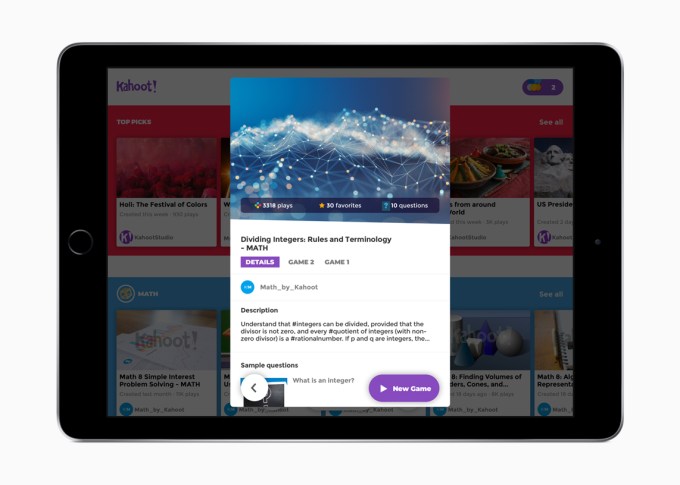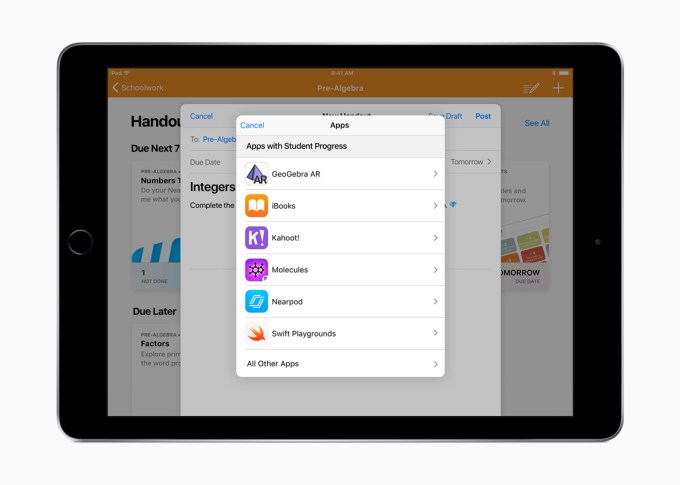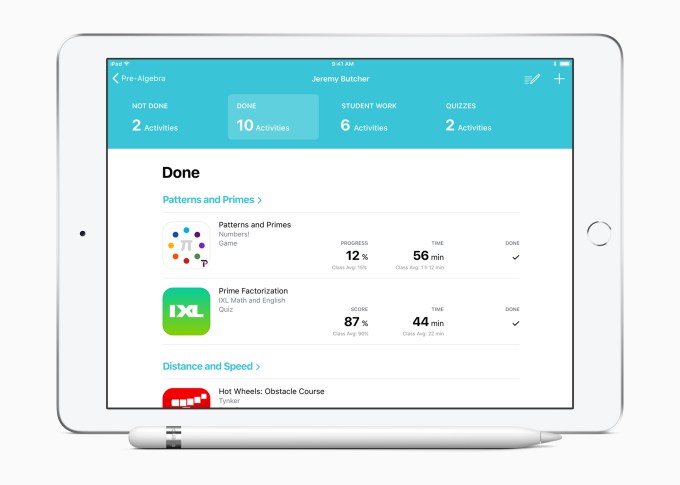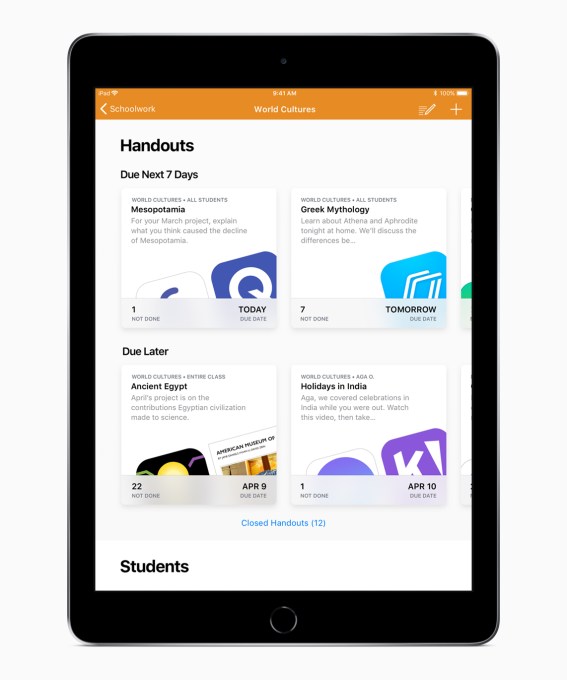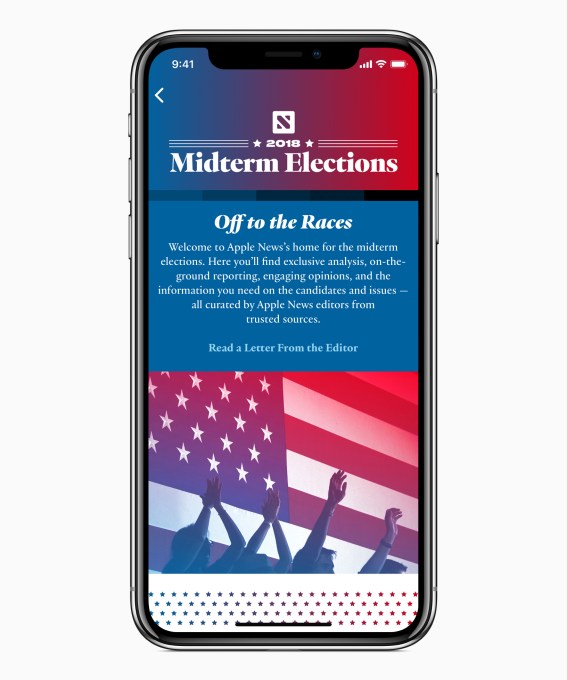At its I/O developer conference last month, Google previewed a major update to Google Maps that promised to bring personalized restaurant recommendations and more to the company’s mapping tool. Today, many of these new features started rolling out to Google Maps users.
The core Google Maps experience for getting directions hasn’t changed, of course, but the app now features a new ‘explore’ tab that lets you learn more about what’s happening around you, as well as a ‘for you’ tab that provides you with recommendations for restaurants, lists of up and coming venues, and the ability to ‘follow’ neighborhoods and get updates when there are new restaurants and cafes that you would probably like. The main difference between the Explore and For You tabs is that the former is all about giving you recommendations for right now, while the latter is more about planning ahead and keeping tabs on an area in the long run.
While most of the other features are rolling out to all users worldwide, the new ‘for you’ tab and the content in it is only available in the U.S., U.K., Canada, Australia and Japan for now. Content in this tab is still a bit limited, too, but Google promises that it’ll ramp up content over the course of this week.
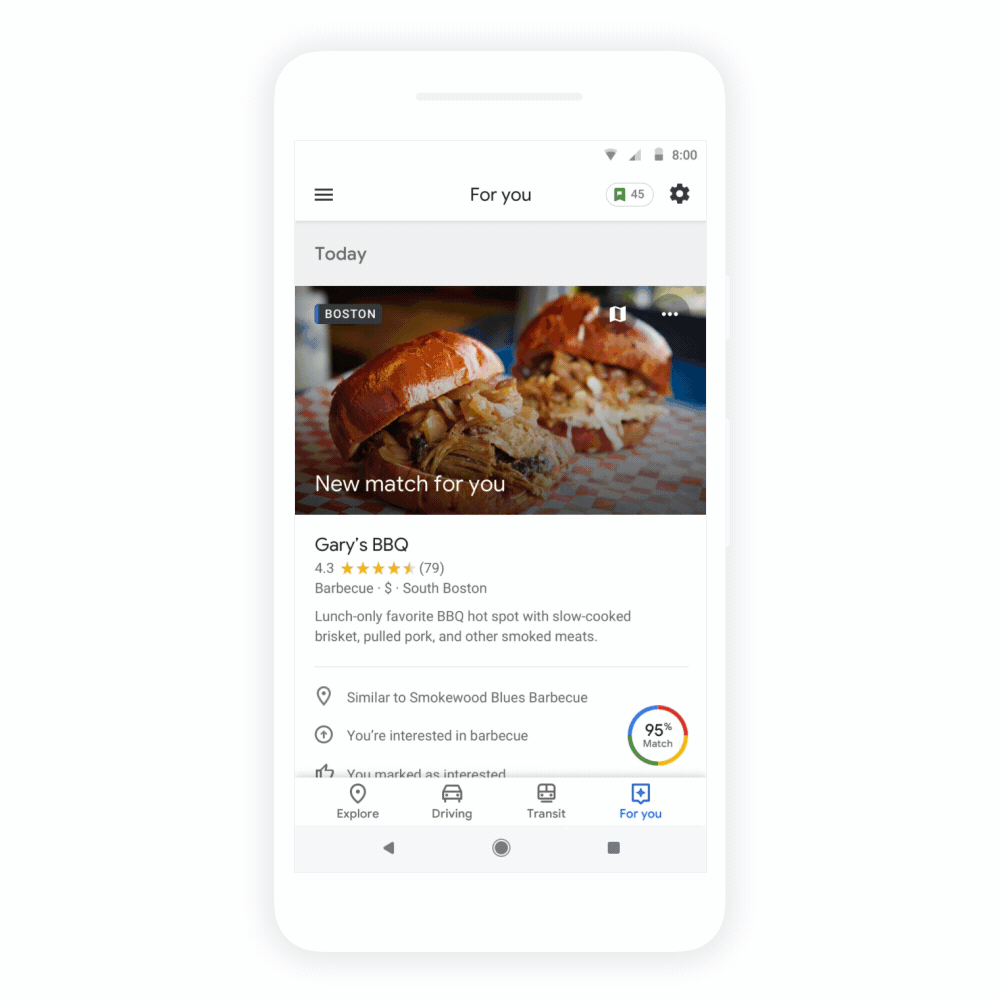
Both of the new tabs feature plenty of new features. There is the ‘foodie list,’ for example, which shows you the hottest new restaurants in an area. And if you feel completist, Google will keep track of which one of these places you’ve been to and which ones you still have to visit. Like before, the Explore tab also features automatically curated lists of good places to go to for lunch, with kids or for a romantic dinner. It’s not just about food and coffee (or tea), though, those lists also include other activities and Google Maps can now also highlight local events.

With this launch, Google is also releasing its new ‘Your Match’ scores, which assigns a numeric rating to each restaurant or bar, depending on your previous choices and ratings. The idea here is that while aggregate ratings are often useful, your individual taste often differs from the masses. With this new score, Google tries to account for this. To improve these recommendations, you can now also explicitly tell Maps which cuisines and restaurants you like.
It’s worth noting that there are still some features that Google promised at I/O that are not part of this release. Group planning, for example, which allows you to create a list of potential meet-up spots and lets your friends vote on them, is not part of this release.
[gallery ids="1663429,1663430,1663431"]The updated Google Maps for iOS and Android is now available in the Play Store and App Store.
If you’d like to read more about Google’s rationale for many of these changes, also take a look at our in-depth interview with Sophia Lin, Google’s senior product manager on the Google Maps team, from I/O.
from Android – TechCrunch https://ift.tt/2KlKNZr
via IFTTT
